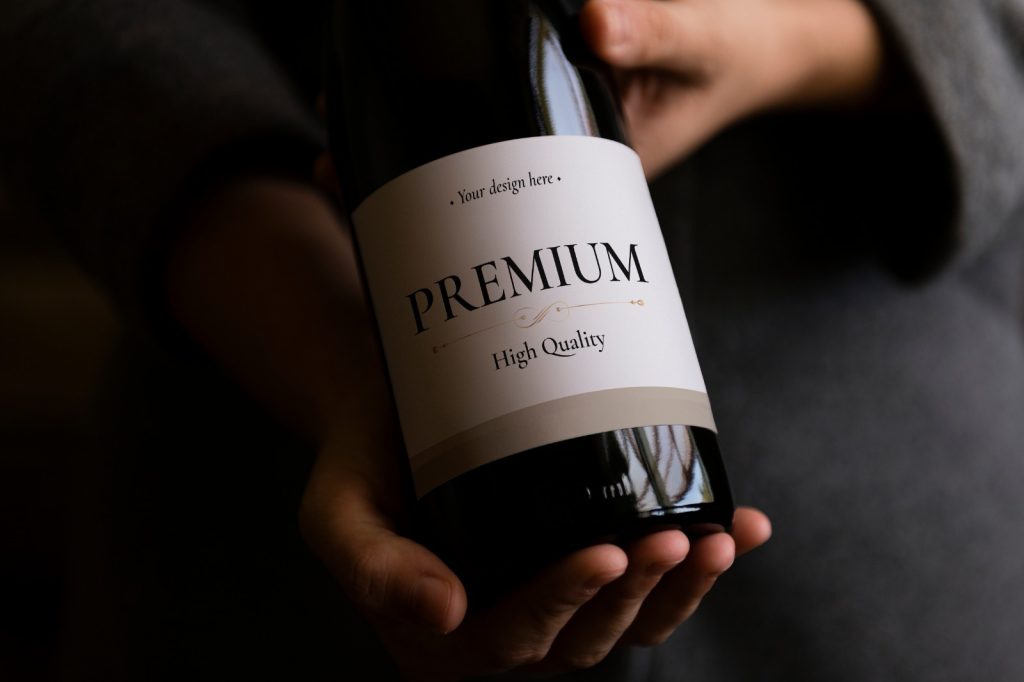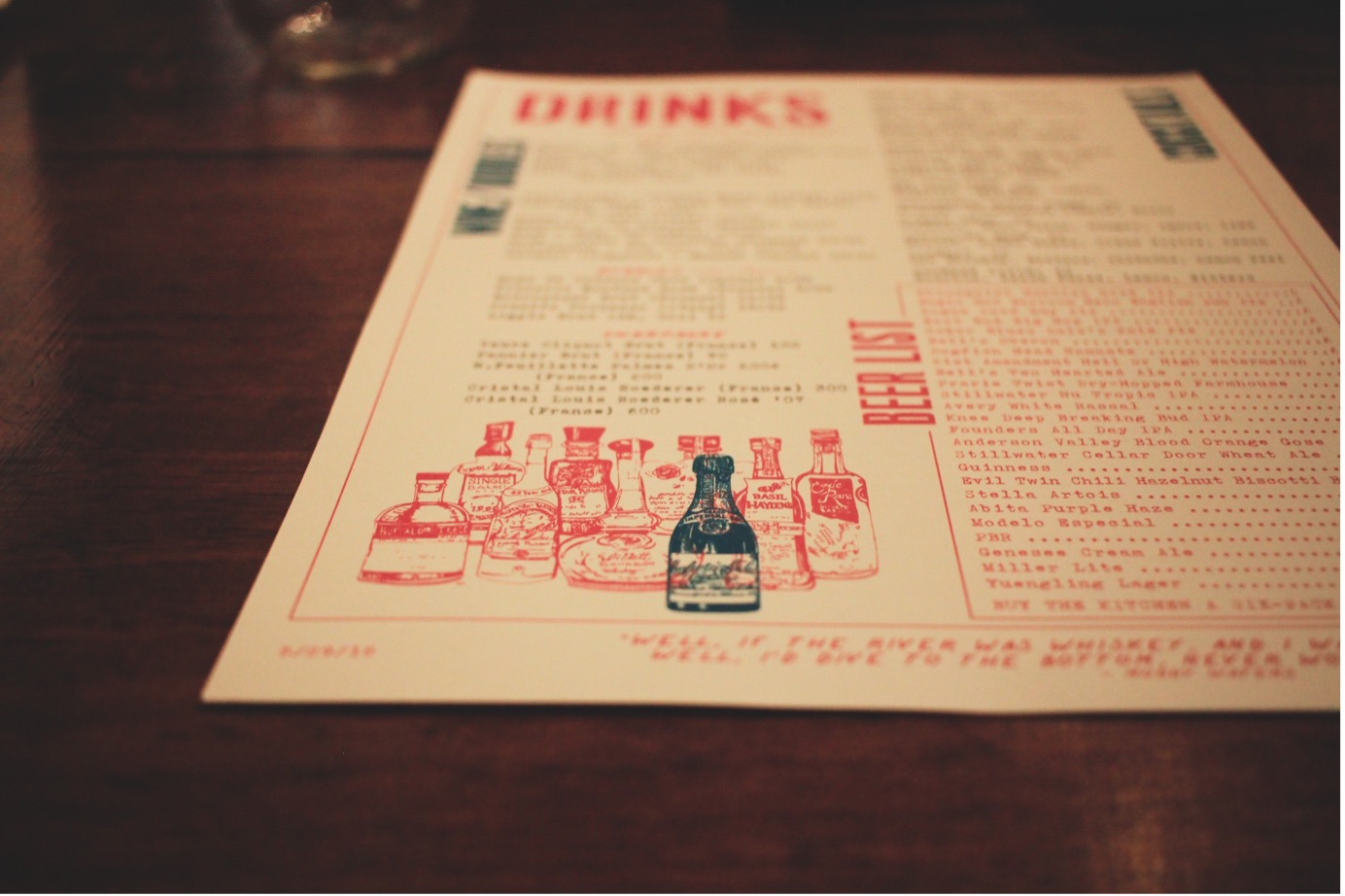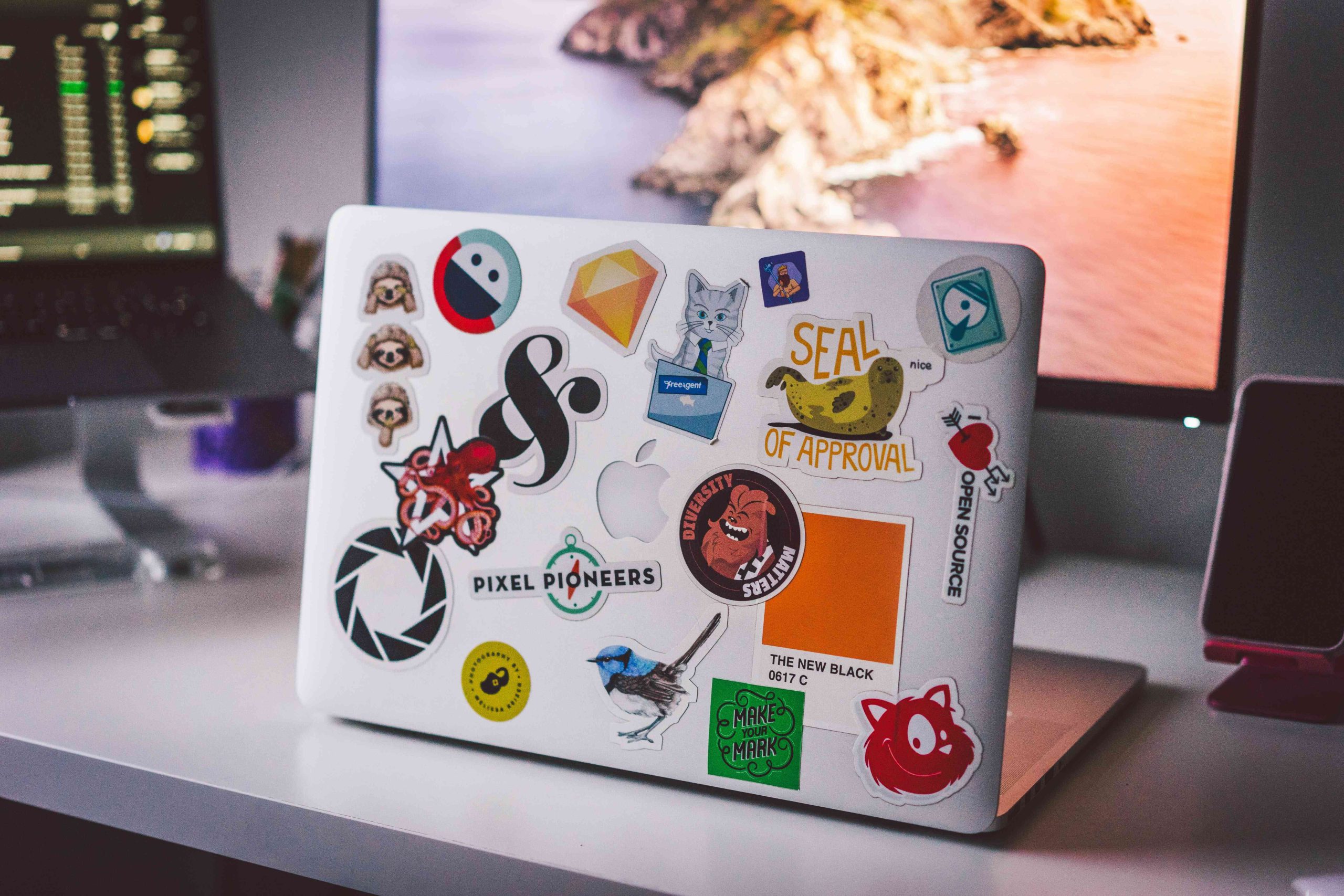This website uses cookies so that we can provide you with the best user experience possible. Cookie information is stored in your browser and performs functions such as recognising you when you return to our website and helping our team to understand which sections of the website you find most interesting and useful.
Search Products
Designing the Perfect Label: Tips & Tricks

When it comes to designing labels, it is about creating something that’s not only functional, but which enables your product to stand out on the shelf.
It must transmit a brand’s values, arouse interest and ultimately, help a product gain traction in a crowded marketplace.
That’s a pretty long list to tick off.
So, what makes for good label design?
Whether you’re an entrepreneur looking to save money by designing labels by yourself, or a fully-fledged designer, here are some useful tips:
Tip #1 Always design in CMYK
The bulk of commercial print presses in use today use a four-colour process known as CMYK. Each of these letters correspond to a specific colour – cyan, magenta, yellow and black. These four colours meld in different ways to create a spectrum of shades. However, most design applications are set to RGB colour mode by default. Hence, you need to ensure that the software you use is set up using CMYK before you even start designing your labels.
Tip #2 Add a bleed area of around 2 millimetres
It is always good practice to always add a bleed area – an extra background colour that extends beyond the trim area of your print – when designing labels. This is done to ensure that there are no visible white borders when the printing process is complete, and the label is die-cut along the “trim” line.
Tip #3 Make sure the logo/branding is prominent
This is an obvious one, but it can be easily missed. To ensure that your logo stands out and communicates precisely what your brand stands for, avoid using gradients/effects as these often don’t show well in print. Pick clear, clean fonts – keep away from squiggles. And finally, make sure your logo is placed front and centre and is the very first thing customers see.
Tip #4 Keep your designs clean and simple
You don’t have to be a user experience expert to understand the significance of dead weight, where the eye is drawn to information or images that do not result in sales. To minimise this issue on your product’s label, it is highly crucial to avoid packing too much into your design. Avoid using multiple fonts, long reams of text and various images in one label. A busy label will only cause confusion, increasing the risk of your product being rejected. The product and brand name should take centerstage, while other text and graphics should be kept to the bare minimum as much as possible.
Tip #5 Use high quality images
Image quality is something that should never be compromised when designing a label. In fact, it is the one distinguishing factor that can make or break your product and brand. For instance, you might have an eye-catching logo, a standout colour scheme and a memorable tagline, but if the images are low in quality, your product will be dismissed by customers in mere seconds. As a rule of thumb, do not source images from the Internet. No JPEGs as and no low-resolution PNGs as they don’t print well. Instead, opt for images with a minimum of 300DPI sourced from professional stock image galleries such as Getty Images or Shutterstock and use vector images where you can.
Tip #6 Pick the right paper to print your labels Paper for printing labels can be made from different materials, each with their own qualities and characteristics. Paper labels have good ink adhesion and they can be customised to produce the vintage look that’s in fashion today. Fabric labels on the other hand, have a handmade personal feel to them. However, for the best professional finish that suits a variety of products, synthetic paper made from polyester or polyethylene is highly recommended. These are extremely durable and waterproof, making them ideal for numerous applications. They are the perfect solution for creating professional labels. OVOL Singapore currently stocks DigiPrint, a collection of 15 different types of Digital Stickers available in different materials including paper, fabric and synthetic as well as formats, making it easier for graphic designs, artwork or products to stand out.
Featured Articles




